Freedom to Communicate
To what extent does the First Amendment protect communication? This unit attempts to tackle this broad topic in seven chapters. As noted in the Foreword, the Supreme Court has largely applied the same principles to both oral and written communication, so both the Free Speech and Free Press Clauses (the “communication clauses”) are addressed in this unit.
The vast majority of early cases concerned the freedom to publish, and the extent to which it is limited by the government’s perceived need to protect its powers from being weakened by criticism. This is why most of the basic free speech cases arose out of censorship measures imposed during wars. Chapter 1 begins with the Sedition Acts (passed during the “Quasi-War” with France) and the Federalists’ attempts to use these laws to prosecute their political opponents for seditious libel. Their loss in the 1800 elections–and the resulting consensus that political criticism was protected by the First Amendment–appeared to set the precedent that communications critical of government were constitutionally protected. But when the Civil War broke out, President Abraham Lincoln suspended numerous constitutional rights, including the right to criticize his policies in both speeches and publications. The Supreme Court never reviewed his actions.
The Espionage Act of 1917 led to the first major Supreme Court cases on the communication clauses, and the Court upheld prosecutions on the grounds that the government faced a “clear and present danger” from criticism of the war. In 1925, the Court incorporated these clauses against the states, but applied them as it had to federal prosecutions, essentially validating the government’s concern that allowing criticism risked harm to the country. In 1931, it did establish the presumption that publications are allowed to publish without prior restraint, but that did not exempt them from subsequent prosecution for seditious libel. While the Court seemed to liberalize its view of free speech by the end of the Second World War, it was not until the Vietnam War that the Court finally granted the freedom to speak and publish unless it would “incite imminent lawless action.” That remains the law today for both speech (Brandenburg v. Ohio) and press (Pentagon Papers).
Chapter 2 considers “speech acts”–actions that are intended to communicate a message other than that the actor has done the action. The Court has utilized two different tests depending upon whether the law is directed primarily at restricting communication (strict scrutiny) or at achieving another government objective (intermediate scrutiny). The cases in this unit demonstrate the difference between the two approaches.
Chapter 3 addresses “words that wound”-communication that harms the feelings, reputations, or even well-being of others. At one time, this was considered unprotected speech that was punishable by criminal laws (in the case of “fighting words” or hate speech) and tort lawsuits (n the case of libel, slander, and intentional infliction of emotional distress). However, the Supreme Court has held that offensive and even untruthful speech does have constitutional protection in certain situations, so government attempts to ban all “offensive” will at some point run afoul of the First Amendment. Justice John Harlan put it best in a case dismissing a conviction for having the message “f*ck the draft” on a jacket in a courthouse: “One man’s vulgarity is another man’s lyric.” This unit demonstrates the extent to which the Constitution protects speech that causes harm.
Chapter 4 considers what has come to be known as “compelled speech.” This occurs when government requires people to make actions or say words that can reasonably be regarded as having a meaning other than the act that occurs (a parallel concept to symbolic speech). This chapter examines the origin of the compelled speech doctrine in flag salute cases during World War II, as well as more recent cases including whether anti-discrimination laws that require inclusive practices also constitute compelled speech.
Chapter 5 addresses two issues in government speech. The first is whether a government-run park or commemorative license-plate program must be open to all who wish to participate, or whether the government can impose rational restrictions on the public. The Court has held that when the government creates a forum that includes speech, it does not need to permit outside speech if it is speaking as a government–and when it does permit outside speech, it may impose reasonable limits on the content. The second issue is whether the government may refuse to register a trademarks that it regards as “offensive.” The Court held that while a person may object to a trademark that involves his name, the government may not deny a trademark because it considers the mark offensive to some people.
Finally, chapter 6 provides a rubric for analyzing all forms of restrictions on communication, such as reasonability of time, place and manner restrictions, vagueness, overbreadth, content and viewpoint neutrality, and whether the speaker is also a government employee. This chapter is helpful when examining all restrictions on communication since the rules it includes often appear alongside many of the specific issues addressed in this unit.

